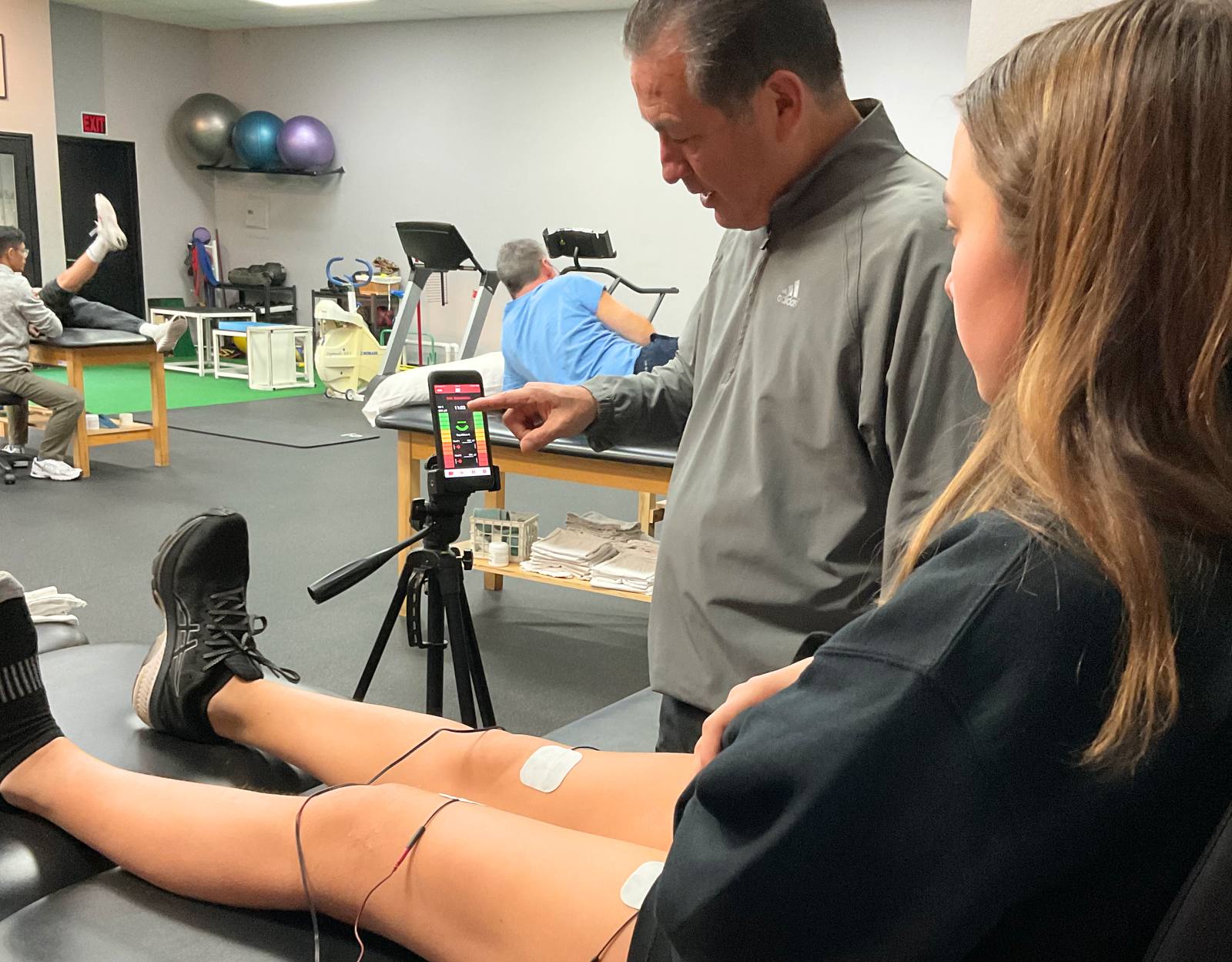Comprehending the human mind is a challenging endeavor, especially when it pertains to psychological health. Conventional approaches of evaluation frequently depend on conversations and surveys, which can occasionally miss important details about how the mind functions. This is where quantitative electroencephalography, or qEEG, enters into the picture. qEEG is a specific method that measures electrical signals in the cerebrum. By examining these brainwaves, psychological health professionals can obtain important insights into a individual's psychological state, helping to improve diagnosis and intervention.
qEEG functions by applying small sensors on the scalp to capture brain activity. These electrodes detect electrical signals produced by nerve cells, the cells in the brain that communicate with one another. The data gathered is then analyzed and presented as a set of waveforms. Each type of neural wave—such as α, β, delta, and theta—corresponds to different psychological conditions and functions. For example, α oscillations are commonly linked with calmness, while beta waves are associated to active thinking and issue resolution. By analyzing these trends, healthcare providers can detect abnormalities that may suggest psychological health concerns.

One of the significant benefits of qEEG is its capability to provide unbiased data. In contrast to conventional click here to find out more evaluations that rely on subjective reports from patients, qEEG provides a distinct view of brain activity. This clarity can help reduce biases in assessment and result to more precise treatment plans. For instance, if a patient is facing stress, qEEG can show specific patterns of neural activity that are associated with stress conditions. This data enables psychological health professionals to tailor interventions more effectively, whether it be through counseling, medication, or other approaches.
Additionally, qEEG can be particularly useful in tracking intervention advancement. By performing qEEG assessments at different points during therapy, clinicians can track changes in brain function over period. This ongoing assessment assists ascertain if a treatment is working or if adjustments are needed. For example, if a client is not responding to a specific treatment, qEEG may indicate that their neural activity has not changed in a way that indicates improvement. This feedback loop can lead to more customized and efficient mental health care.
In conclusion, qEEG brain mapping is a powerful instrument in the domain of psychological health evaluation. By offering unbiased information about brain function, it improves the understanding of various psychological health disorders. This method not only assists in precise assessment but also assists in tracking intervention success. As psychological health professionals continue to explore the potential of qEEG, it possesses promise for improving the lives of individuals facing mental health challenges. With ongoing investigation and progress in techniques, the mysteries of the brain may become clearer, resulting to better outcomes for those in need of support.
Comments on “Unlocking the Mysteries of the Brain Through Quantitative EEG Brain Mapping Techniques in Mental Wellness Evaluation”